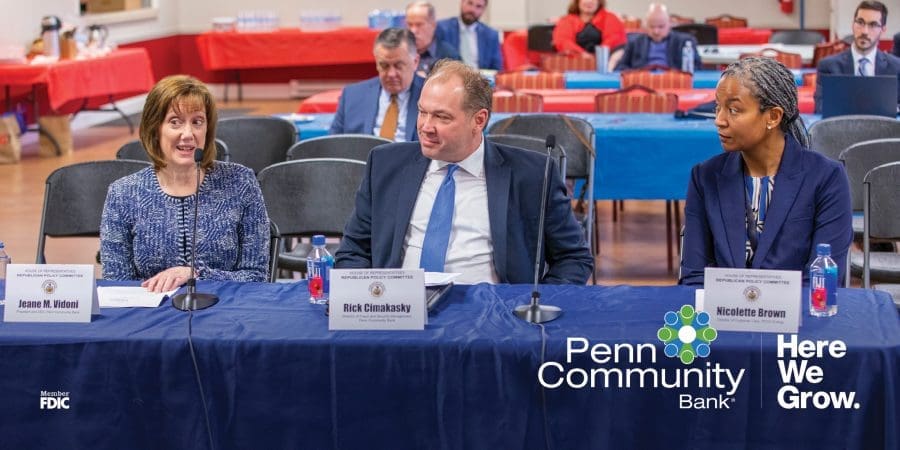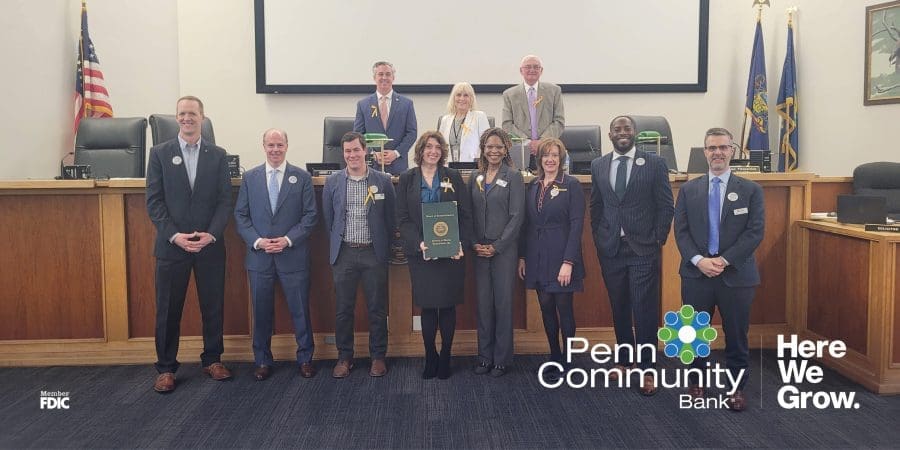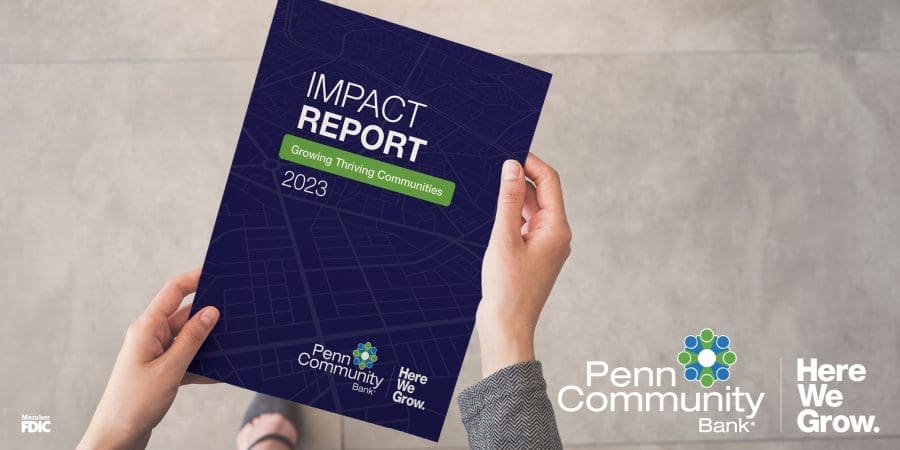
BRISTOL, PA (May 2024) – Penn Community Bank, the largest independent mutual bank in eastern Pennsylvania, is proud to announce a $15,000 grant to Bristol Riverside Theatre (BRT) (120 Radcliffe Street, Bristol, PA, 19007) in support of Bristol Borough youth.
Penn Community Bank has invested in critical programs for youth through BRT’s Arts Education programs for nearly 20 years. Today, these programs include ArtRageous Summer Camp, ArtRageous School Year, Amplifying Black Brilliance, and Open Mic Nights. BRT Education provides safe spaces for Bristol Borough youth to find their creative voices through curated classes encouraging students to develop a greater appreciation for creative endeavors in theatre, music, arts and crafts, writing, and dance.
“Supporters like Penn Community Bank give our young people the opportunity to discover the power of art and expression through their support of BRT Education,” said BRT Producing Director Ken Kaissar. “Through their generosity, we’re able to raise up young people, encourage their confidence, give them a decade of sequential learning of collaboration and communication skills, and spark their creativity.”
“Community banking means investing in a brighter future for our region,” Jeane M. Vidoni, President and CEO of Penn Community Bank. “Beyond what we do as a banking institution, we’re committed to lifting up our youth through initiatives that support and encourage young imaginations to create and accomplish their dreams.”
According to US News and World Report, 66% of students in Bristol Borough School District are living in low income households. Arts participation and SAT scores increase linearly with students who take four years of arts coursework outperforming their peers by 100 points on the SAT. Among low-income students, arts education has been shown to reduce the dropout rate by 18% and increase the likelihood of attending college by 50%. To ensure BRT Education programs reach the kids who need it most, BRT works closely with school district staff, including social workers, teachers, and administrators, as well as community-based prevention organizations who themselves offer programs to low-income families.







